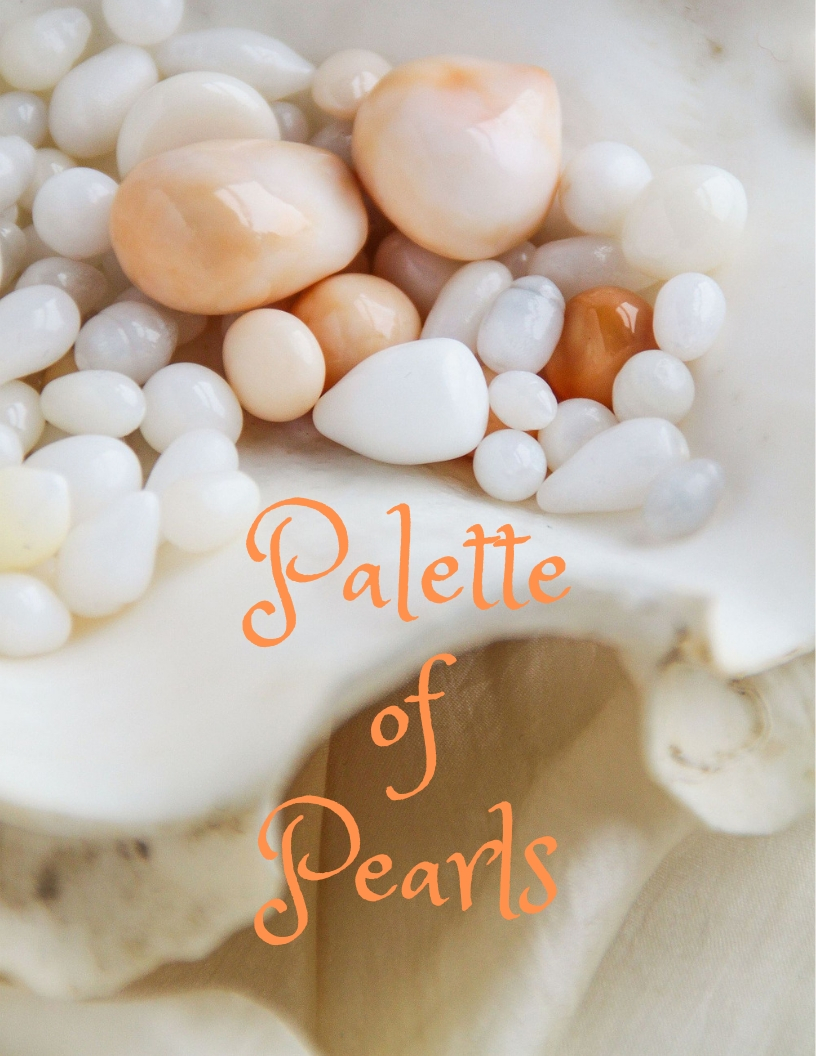Xpearlnoob1
Community member
- Joined
- Sep 13, 2025
- Messages
- 26
Hello, I've been considering these pearls that were left to me by a family member to be cultured fresh water rice pearls for 20 years. I've always wondered why they put big 18k gold findings on a necklace of relatively 'common' pearls.
Today I started asking chatgpt what they were and I was surprised at the possibility that they may not be common pearls. My first question is without fancy xray tools can I determine with 100% certainty that these are natural?
So far here's the evidence:
-The nacre is very beautiful deep and even
-the pearls vary in size going from 3-4mm long all
the way to 6-7 mm long in fringe cases.
-some of the pearls are very oddly shaped, there is really no uniform shape to the pearls on the strand other than they tend to be wider than they are thick.
-The nacre is undisturbed when transitioning from outside of the pearl to inside, it's a nice smooth transition.
-they fluoresce under UV light
-old 18k gold findings.
Do you think they are old natural (not cultured) freshwater pearls? If so, I'm not going to be wearing them because they don't go well with my beard, so is this necklace something that could be too valuable to be left around the house?
Thank you for reading this, and looking at my pearls.


Today I started asking chatgpt what they were and I was surprised at the possibility that they may not be common pearls. My first question is without fancy xray tools can I determine with 100% certainty that these are natural?
So far here's the evidence:
-The nacre is very beautiful deep and even
-the pearls vary in size going from 3-4mm long all
the way to 6-7 mm long in fringe cases.
-some of the pearls are very oddly shaped, there is really no uniform shape to the pearls on the strand other than they tend to be wider than they are thick.
-The nacre is undisturbed when transitioning from outside of the pearl to inside, it's a nice smooth transition.
-they fluoresce under UV light
-old 18k gold findings.
Do you think they are old natural (not cultured) freshwater pearls? If so, I'm not going to be wearing them because they don't go well with my beard, so is this necklace something that could be too valuable to be left around the house?
Thank you for reading this, and looking at my pearls.








